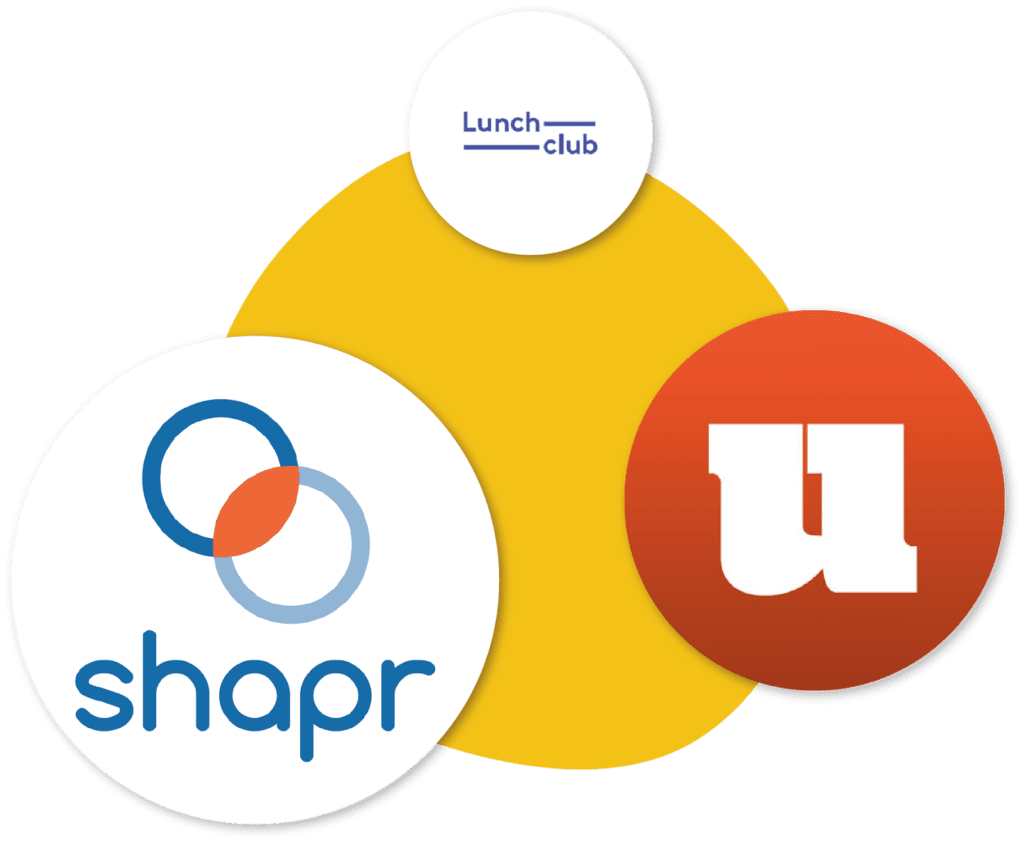Paula Gardner
There is no doubt that networking is a vital tool in creating your ideal portfolio career. Professionals who spend 6.3 hours a week networking agree that it played a crucial role in their success, and, according to LinkedIn, 85% of all jobs are filled through networking.
However, our challenge today is not only working out how to move our networking online, but how do we stand out from everyone who’s doing the same? In short, how do we become that world-class remote networker?
Paula shares the experiences of our community: in particular, founding member Luke Rodwell as the owner of recruitment business Talent Focus.
Why networking isn’t all about finding work
Luke advises “building a network is a mix of hard and soft skills and cannot be actioned only when you are seeking employment. It needs to be continuous. Only through years of connecting with new people, assisting them directly and referring them to others in your network will you create longstanding reciprocity.”
Luke highlighted something that is vital for a successful portfolio career: social capital, often summed up by “it’s not what you know, it’s who you know.” But what if you don’t have years of building a network behind you?

The key is in having lots of “weak ties”.
Your inner circle is typically small, so is unlikely to find you the right opportunity. However, having a wider network of connections who know you, will respond to your messages and do you minor favours (e.g. introduce you to someone) can give you exposure to a much higher number of opportunities. Not only are you more likely to find a job through weak ties, you’re also likely to be more satisfied with it.
How do you stand out from the crowd?
An easy tactic is to be more interested than interesting. That person on the other end of the phone or Zoom session is focused on their lives, not yours. Good networking is a skill – that of listening to, and eliciting, the other person’s needs. If you are too busy trying to sparkle, you miss the opportunity to ask the right questions to determine how you can add value.
While extroverts may have an easier time reaching out to strangers, this is where introverts can really shine. They often have highly-honed listening skills which make people feel heard and understood.
Luke observes that “companies often struggle to articulate roles, suitable for portfolio careers, through formal job descriptions and are thus less likely to advertise their requirement externally; they know they need support but are not quite sure what that looks like.”
It’s only by listening to their needs that you will be able to fill in the blanks for them!
Create your “what”
First define your objective.
Are you looking for work right now? Do you want to build your network? Are you looking to increase visibility, or break into a new industry?
Next, what is your message?
Are you a trusted old-hand that can offer wisdom? Are you a hard worker who can hustle to get a startup off the ground? What’s the core of your offering?
Luke mentioned reciprocity. He’s captured the spirit of successful networking beautifully – it is about helping others.

“people are often very happy to respond to a genuine request. It makes us feel good if we can help others”
This both allows them to get to know you, and also shows your worth and ability. There are many ways you can do this – perhaps by doing some pro bono consulting (Ben Legg talks more about that here).
One of our members, Tim Walters, recently used this approach:
“I became aware of an online meeting platform that’s developed here in Berlin, and asked one of the founders on LinkedIn for a briefing. After that chat, I spent a full day doing a heuristic analysis of the user experience on the platform, which amounted to some 40+ slides. That was warmly received. I followed up with a note outlining the multiple ways I could benefit the company, either as a consultant or on staff, and we’re now in discussions.”
Who to start with
Luke suggests you could “ask existing contacts for referrals. At the same time, ask if you can introduce your contacts to someone else in your network who might be useful to them.”
He also suggests creating lists of people to connect with – previous colleagues and non-executives of those companies you want to target, or delegates and speakers at conferences or webinars you’ve attended. Articulate what it is you actually want and who you would like to meet, and then tell people. Often someone knows someone who could help.
Why not create a Top 20 Dream Employer/ Client spreadsheet and challenge yourself to see how you can get noticed by people in those organisations?
Ideas include following and commenting on their posts in LinkedIn, creating your own podcast and inviting your dream employers as guests, or even reaching out and asking them for help – people are often very happy to respond to a genuine request. It makes us feel good if we can help others.
If you’re reaching out cold, Luke suggests that you personalise all invites. Reference shared connections or experiences (if it’s not possible to be referred directly) – we all get connection requests from random strangers and struggle to understand why. Don’t be that person!
He also suggests keeping in touch with recruiters. If you are front of mind, they will reach out when they have something that might be of interest to you.
When to squeeze networking in
Networking has to fit in with your lifestyle, and your future work-load. Remember the useful SMART goal – keep it specific, measurable, achievable, realistic and time-bound.
A Friday morning virtual coffee with connections; attending a workshop once a month; a daily ten minute flick through Shapr on your lunch break; a target of growing your LinkedIn network by 20 people a week – all these are easy and tangible actions that can become part of your working diary.

You are also more likely to keep it up if you are getting something else out of it, which is why attending virtual workshops is a win-win.
At a virtual conference our CEO Ben connected with a high flier at the NHS who was so taken with the idea of The Portfolio Collective that he’s now preparing for a portfolio career himself!
Where to start networking
New networking platforms are springing up all the time. Lunch Clubs pairs you with a random stranger to get to know each other over lunch. You can connect Tinder-style with Shapr.

New networking platforms are springing up all the time
Apart from LinkedIn and work-finding platforms listed here, there are also traditional business networking clubs, such as Urbano, or Chambers of Commerce, that now have online meetings.
Networking doesn’t have to be work orientated.
There are groups of all descriptions, from bird-watching to Keto, on Facebook, and these can be fun ways to build relationships. Even using Nextdoor to create a virtual book group for your street may tap you into a new network.
Of course, you can access a whole community of portfolio careerists right here on The Portfolio Collective: make connections and tap into the hive mind for ideas, feedback and support. Luke has actually taken the Lunch Clubs idea and set himself the goal of at least one networking zoom with a TPC member a week!
Finally, regularly assess your return on investment. ROI isn’t always about money coming through the door – it can be support, stimulation, or professional learning, but you do need to be getting something for your efforts.
Think this sounds like the right path for you? Come along to our monthly Community Welcome Call for new members to find out what a portfolio career could look like and how The Portfolio Collective can help you take those first steps towards professional success – and don’t forget to connect with our community!





3 responses to “How to master remote networking”
Really good read @paula would add another networking platform Guild https://guild.co/ thanks for all the great info and tips.
Oh and don’t forget to sign up for the speed networking event we’re running next Friday: https://bit.ly/TPCNetworking
Thanks so much @luke-rodwell @tim_walters and @paula for coming together to create this article!